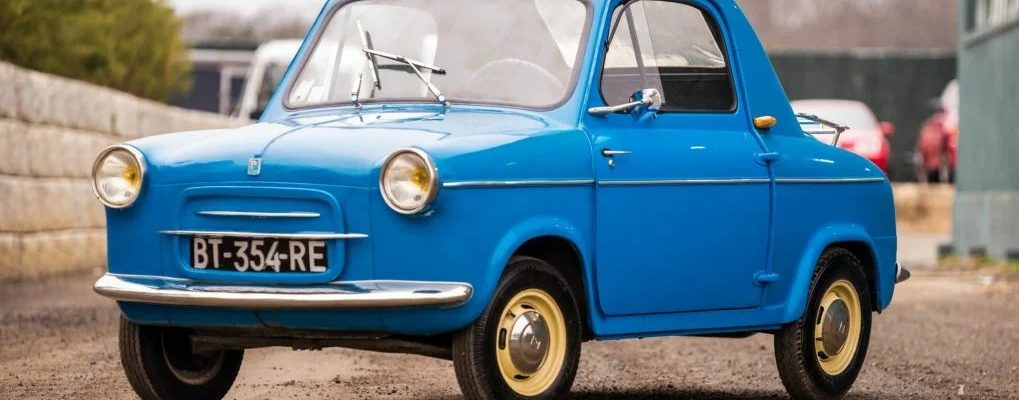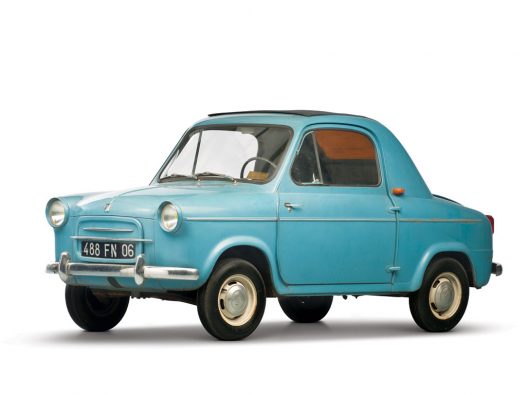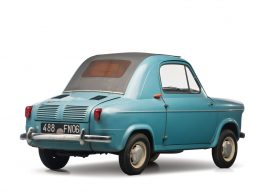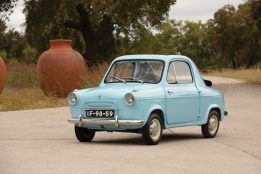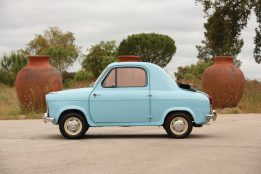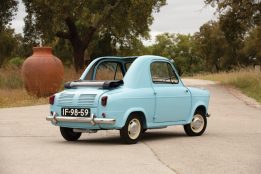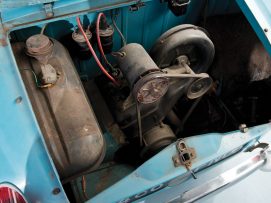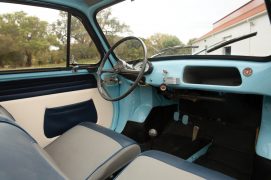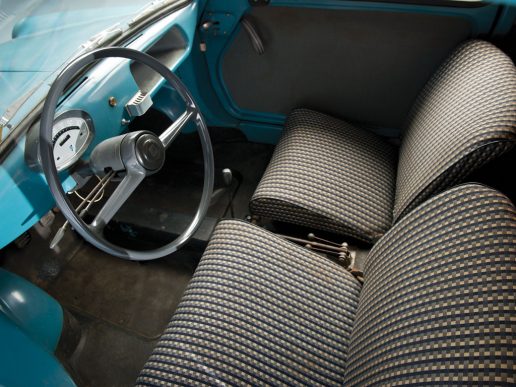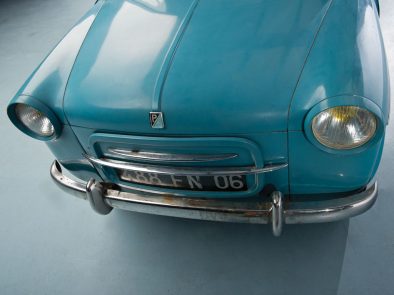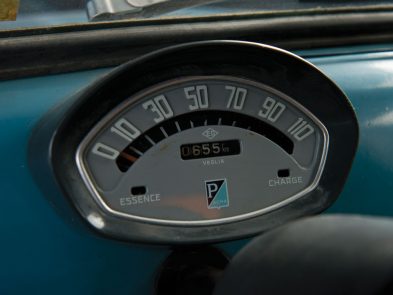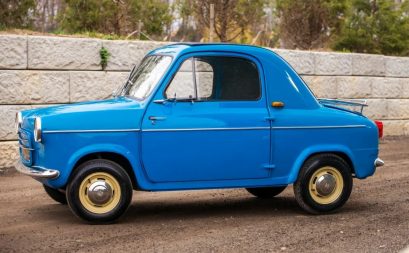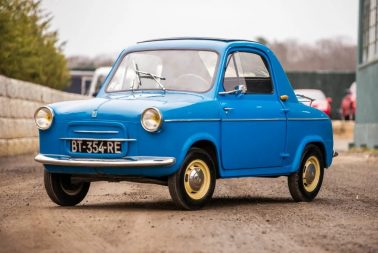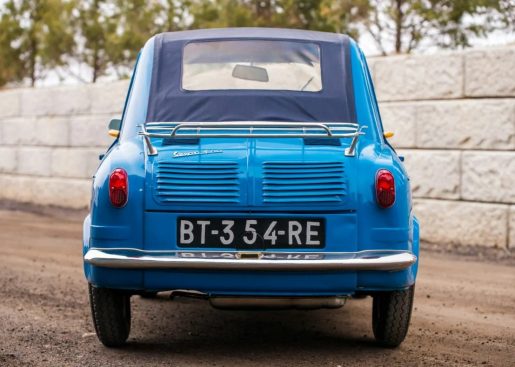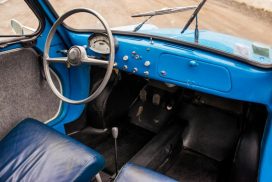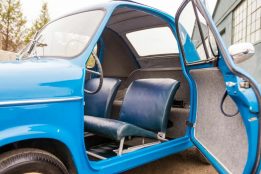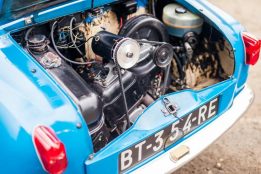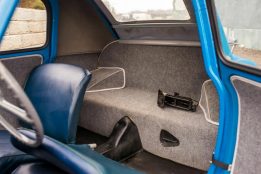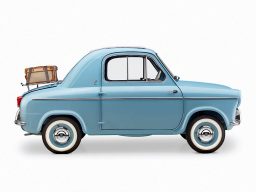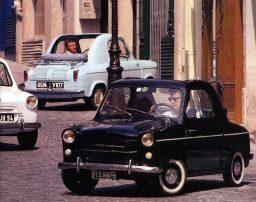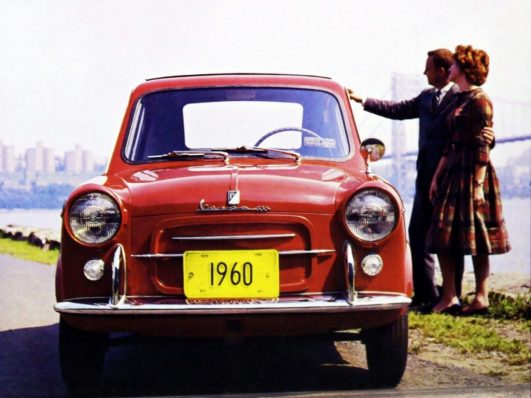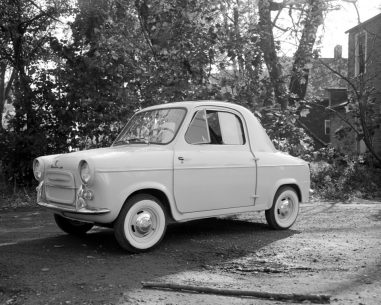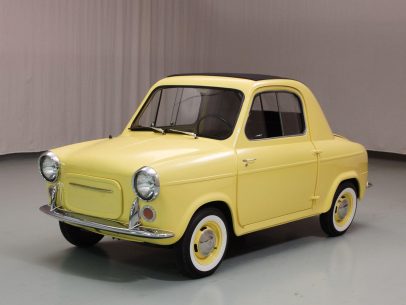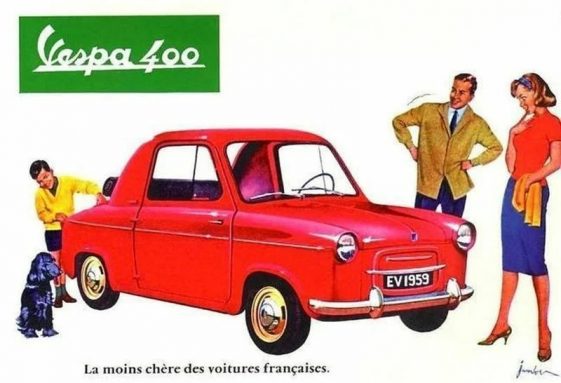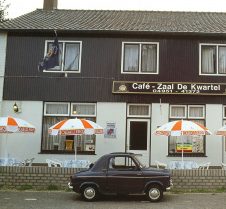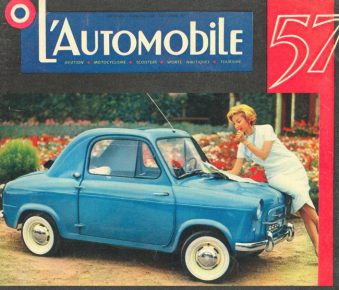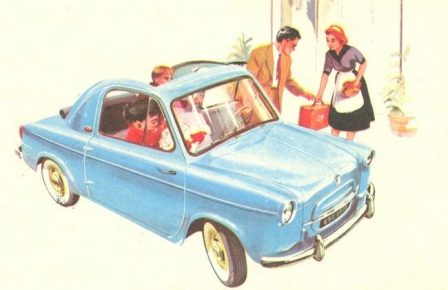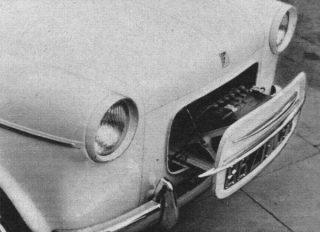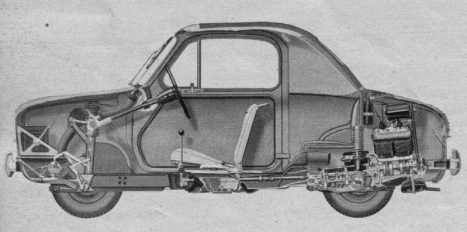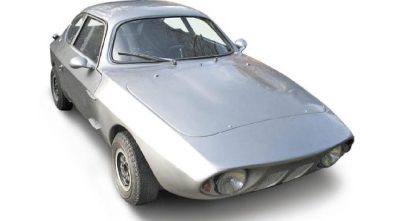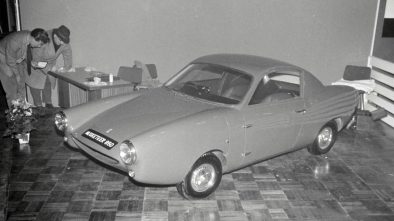Vespa 400
Everyone knows the Italian scooters manufactured by Piaggio under the legendary Vespa brand. But they were produced not only in their homeland, assembling under the license was also established in France at the facilities of the ASMA company.
In 1955, the French thought about expanding the model range, and suggested the Italians to a small car with a motorcycle engine, similar to BMW Isetta or Messerschmitt KR-200. People wanted to have a vehicle with at least some roof over their heads, but there wasn’t enough money for a full-fledged, even the cheapest car, and the production of a four-wheeled Vespa didn’t seem like a funny decision. But Piaggio was not support the idea of French colleagues.
The negotiations lasted about a year, and according to their results, ASMA received the green flag for the independent development of a microcar, and most importantly, the right to sell it under the Vespa brand. But only in France. Anyway, it was already a big step towards.
The development of the microcar lasted about a year. In 1957, the Vespa 400 was presented to the public, immediately attracted interest. Technically, this was a very simple design with the two-cylinder two-stroke carburetor engine with a capacity of 400 cc was installed in the rear.
14 hp was enough to accelerate Vespa 400 with the driver and passenger to about 52 mph (85 km/h). Since the engine is two-stroke, it works on a mixture of gasoline and engine oil, but the engineers took care of the driver. He did not have to cook this mixture by hand. It was enough to fill the oil in a small tank, from where it was fed into the carburetor through the nozzle in the required quantity.
Three-speed gearbox with synchronized 2nd and 3rd gears. Later models were equipped with a 4-speed gearbox. Vespa 400 has a fully independent suspension with springs and telescopic shock absorbers. The rear wheels are noticeably “clubbed”, like any car with a similar suspension.
Rack and pinion steering was a very progressive solution for the 50s. The car was equipped with hydraulic drum brakes. The diameter of the wheels was just 10 inches.
The interior is extremely simple. Slide windows appeared only in 1958, after a lot of complaints and wishes from buyers. Interior ventilation was provided by a roof with a soft movable top. The rear seats are rather a shelf for luggage. However, leaflets hinted that a child and a pet could be placed behind.
The instrument panel consists of a speedometer, a warning lamp of a battery charge and low fuel level. There were two more warning lamps of the engine overheating and high beam headlights. That’s all the driver was supposed to know.
The car seems like a toy. Nevertheless, the first couple of years it was in steady demand, in 1957 the company collected about 12 thousand copies of Vespa 400, and about 10 thousand were collected a year later.
Then demand began to fall. The standard of living was growing and buyers were interested in more spacious cars, and the phenomenal success of the Citroen 2CV, the price of which was falling, led to a cessation of demand for Vespa 400.
In 1961, the production was discontinued. ASMA invested in this project with great enthusiasm, and went bankrupt. During 4 years of production, about 30 thousand cars were assembled. Nowadays, each of the surviving Vespa 400 worth a lot of money.
Specifications
- Engine: 24.0 cu in (0.4 L) two-stroke I2, 14 hp
- Transmission: 3-speed manual (GT 4-speed)
- Suspension: Four wheel independent. Four double acting hydraulic shock absorbers with coil springs.
- Wheelbase: 1,693 mm (66.7 in)
- Length: 2,850 mm (112 in)
- Width: 1,270 mm (50 in)
- Height: 50 in (1,300 mm)
- Curb weight: 375 kg (827 lb)
- Maximum speed: 52 mph (85 km/h)
- 0-40 mph (64 km/h): 23.0 seconds
- Fuel consumption:5.11 l/100 km (46.0 mpg)
- Wheels: 10 inches
